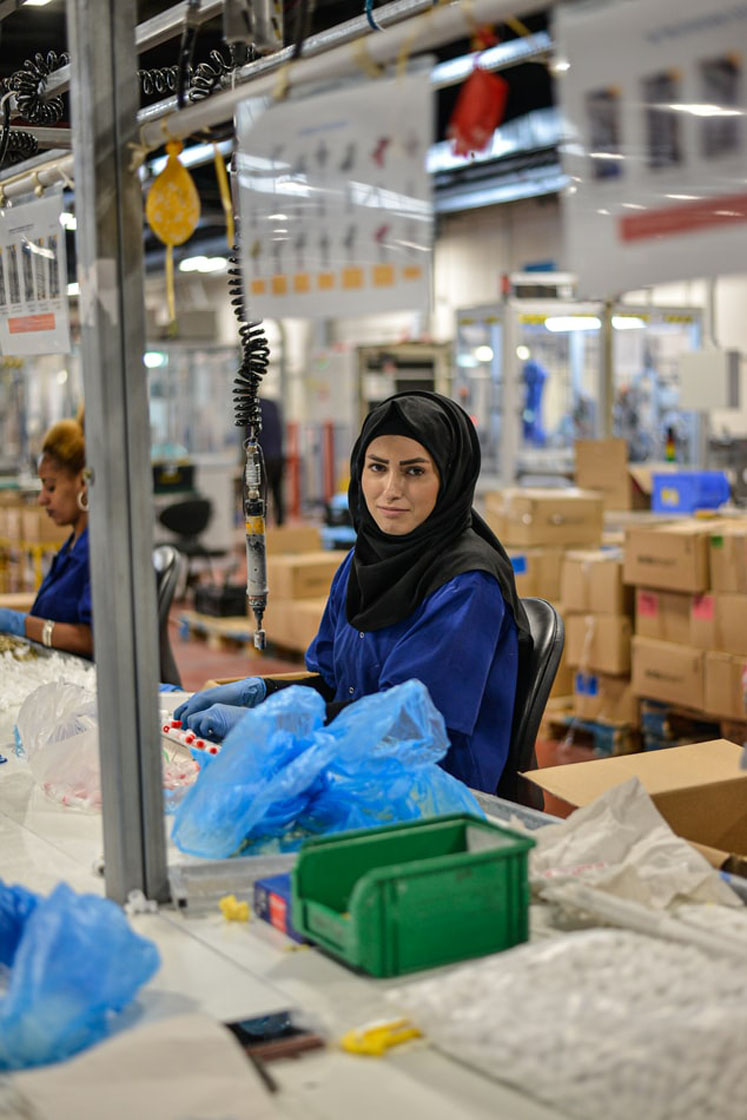The potential benefits of technology in healthcare are vast … and revolutionary techniques are clearing the way for a cost-effective, efficient and tailored approach to medicine production. One study suggests that the cost of bringing a new drug to market is upwards of $985 million.1
This is then reflected in the prices paid by insurance companies and end-users. The need to accelerate technology to drive these costs down is essential … and innovation is key. Here, we look at the technology that is driving pharmaceutical manufacturing forward.
Building on 3D printing: Although medicine is no stranger to the marvel of 3D printing, pharmaceutical manufacturing is yet to capitalise on the trend. 3D-printed teeth and prosthetics are already commonly used in the health industry to assist patients.
However, there is a distinct lack of approved 3D-printed pharma products in the US marketplace. Medicines produced using 3D printing technology offer a number of interesting benefits, such as unique tailoring to meet a specific patient’s needs.
The US FDA approved the first 3D-printed medicine in 2015.2 The precision of the machine allowed manufacturers to create a pill with a high drug load so that, in a single dose, patients were able to receive 1000 mg of levetiracetam. This was a breakthrough treatment for sufferers of epileptic seizures. However, since then, there has been limited progress, which may be because of the high costs involved.
Although having a 3D printer in your local pharmacy is a futuristic concept, the idea of additive pharmaceutical manufacturing is driving the industry towards a future in which everyone’s ailments can be individually tackled.
Accelerated automation: The pharmaceutical industry often looks beyond itself for inspiration when innovating. Of course, automation has played a key role in manufacturing for decades. For example, in vehicle production, automation is used to reduce costs and to better perform intricate tasks.3 Now, pharma businesses are looking to do the same.

Previously, scientists have become curbed by the manual task of individual genome testing. However, automation is allowing manufacturers to access a huge amount of data, enabling them to create unique molecular profiles of their customers and provide them with the best care.
Of course, technology in the workplace must be safe, especially when working with medicine. The use of electrical enclosure boxes, for example, ensures that operators are protected when dealing with electrical machinery and that stringent sanitation practices are maintained.
Machine learning teaches us more
Artificial intelligence is common in many sectors. In general manufacturing, it can collate data and calculate the most efficient processes. This then allows algorithms to create products and optimise entire processes. In pharmaceutical facilities and plant, the process of medicinal engineering could be significantly improved through digital reform.
Machine learning, with access to patient data, can compare individual profiles and the effectiveness of specific formulations. By doing this, manufacturers can adapt their pipelines, respond to unforeseen changes in demand and/or monitor the efficacy of their medicines.
This then enables pharmacists to prioritise medicines and enables suppliers to amend their ingredients for maximum effect.
The technology can even be used to simulate real experiments. By predicting the outcomes of investigations and trials, technology will be able to predict which medicines are the most effective. It may also suggest which projects pharmaceutical manufacturers should pursue … and possibly even calculate costs and source the ingredients required to complete these tasks.
Medicine is constantly improving, with innovator companies constantly producing new drugs for a variety of illnesses. The application of cutting-edge technology in pharmaceutical engineering is enabling individually tailored drugs to be produced for customers who require special attention while driving down the costs of production.
Equally, the attention to detail and precision of technology — including machine learning and automation — are allowing for more accurate medicines to be created for the benefit of everyone.
References
- www.lse.ac.uk/News/Latest-news-from-LSE/2020/c-March-20/Average-cost-of-developing-a-new-drug-could-be-up-to-1.5-billion-less-than-pharmaceutical-industry-claims.
- www.computerworld.com/article/3048823/this-is-the-first-3d-printed-drug-to-win-fda-approval.html.
- www.contractpharma.com/issues/2018-03-01/view_features/automation-in-pharmaceutical-manufacturing.




